It's true that an op-amp's inputs have such a high resistance that generally (not always) we can ingore any current they sink or source. That is, input current may be considered to be zero.
However, the two common op-amp amplifier configurations, non-inverting and inverting "look" very different from the perspective of the input source. Look at the red arrows below, indicating current flow from/to the output of the op-amp:

simulate this circuit – Schematic created using CircuitLab
The non-inverting setup, on the left, never draws any current from the input source V1. That's because it has no involvement in feedback from the op-amp's output.
By contrast, on the right we have the inverting configuration, and as you can see the input source V2 is now responsible for sinking/sourcing any and all feedback current! That's why the inverting configuration "loads" its own input.
This loading is also trivial to calculate, since we know one thing about op-amps with negative feedback; the ouptut always adjusts itself in such a way as to equalise the potentials at its two inputs. That means, in both configurations, \$V_Q=V_P\$. For the inverting arrangement \$V_P=0V\$, so \$V_Q=V_P=0V\$, giving Q the name "virtual earth".
With Q known to be at zero potential, the input source V2 can consider R1b to be a resistor straight to ground, and so R1b is the effective "input resistance" of this amplifier circuit. Source V1 in the non-inverting circuit (left) does not "see" any such load, since it's not being asked to source or sink current from/to the op-amp's output.
This has significant implications for sources V1 and V2. In the non-inverting configuration, source resistance of V1 has no effect (so long as it's far less than the input resistance of the op-amp), since no current is flowing through that source resistance to influence what potential actually arrives at the op-amp's input. In the following (left) circuit I show the source's resistance as RSa, and the potentials at its left and right ends must be equal, with no current through it:

simulate this circuit
On the right, though, for the inverting setup, it's clear that any source resistance RSb is in addition to R1b. The usual gain expression \$-\frac{R2b}{R1b}\$ is no longer correct. It becomes \$-\frac{R2b}{R1b+RSb}\$, a consequence of all feedback current flowing via both RSb and R1b.



